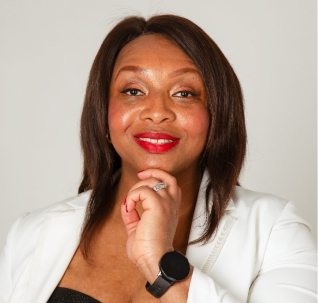It’s a lazy Saturday afternoon. You flip through TV channels while having lunch, drumming your fingers impatiently while you wait for the barrage of ads to cease. Egyptian TV offers plenty of advertisements but little range.
Glamorous women sport-chic styles and glowing skin, but you are struck by something else. They are all skinny and light-skinned. Young and traditionally beautiful. Physical appearance is one of the biggest weak spots in Egyptian TV advertising.
This bias mainly targets female portrayals. “Attractive” body types in Egypt can still be curvy. But curvy can toe the line into curvy. Society shuns those women and advertisers resent them. Brands and advertisers seem averse to showcasing a range of body sizes. Skinny still sells.
Then there’s skin colour. In the Arab world, Egyptians are known to have skin tones that range from fair to dark brown. You wouldn’t know it looking at the ads.
White-skinned women dominate every type of advertising. And when dark skin is shown, it’s typically a problem to be fixed. Skin-whitening ads lean towards shame tactics.
When women are on-screen, chances are high they’re under 35. A study by Mireille Raouf Ishak examining 508 ads found that 337 (78 per cent) of the ads were of women between the ages of 18-34.
Women may be seen but they are hardly heard.
The same study also found that of the 508 ads recorded, 377 (74.2 per cent) opted for male voiceovers and (14.6 per cent) did not use any voiceover leaving just (11.2 per cent) for female voiceovers.
This also leads to the idea of women being passive characters rather than authority figures.
Household advertisements are notorious for being highly female-oriented. Bias is shown both implicitly and explicitly, even down to the language. A commercial for cooking devices or cleaning containers often uses the female version of the word “you” when addressing the audience.
The study also showed that (75 per cent) of the ads studied presented women to be more associated with domestic products than men.
Next steps
Knowing that Egyptian advertisements have a sexism problem, solutions should be suggested.
A 2017 paper by Lobna Khairy and Hussein Amin proposed a few suggestions of their own.
Some pointers included equal representation of women and men in roles of authority shown through scenarios and voiceovers, as well as experts’ depictions.
Media houses should ensure the portrayal of women and men as having equal influence in the decision-making process of product purchases in broadcasted advertisements.
Women are often seen most at home in an indoor environment. More specifically, when doing household tasks.
The code posits that these advertisements should diversify the female characters to also include different settings while presenting gender-neutral products, and participating in a wide range of activities.
Sexist representation is sometimes an extension of inequality behind the scenes. Media houses and advertising companies should first examine their decision-makers. For starters, are any of them women? Even if they are, they could be perpetuating outdated beliefs. The ethics and practicality of upholding unequal representation should be dissected.
Though brands, boards, and media powers should ultimately be held accountable, the public can also help. Egyptians have repeatedly taken to social media to voice their dissatisfaction with sexist ads. In recent years, online users have successfully gotten a variety of sexist ads pulled- or at least rightly condemned.
Egyptian television advertisements have a long way to go with female representation. A good start is examining how gender bias informs content. Subtle sexism can creep into even progressive depiction. Women need to feel valued both on-screen and behind the scenes.
This article is part of African Women in Media (AWiM) Graduate Trainee Programme in collaboration with FOJO Media Institute



